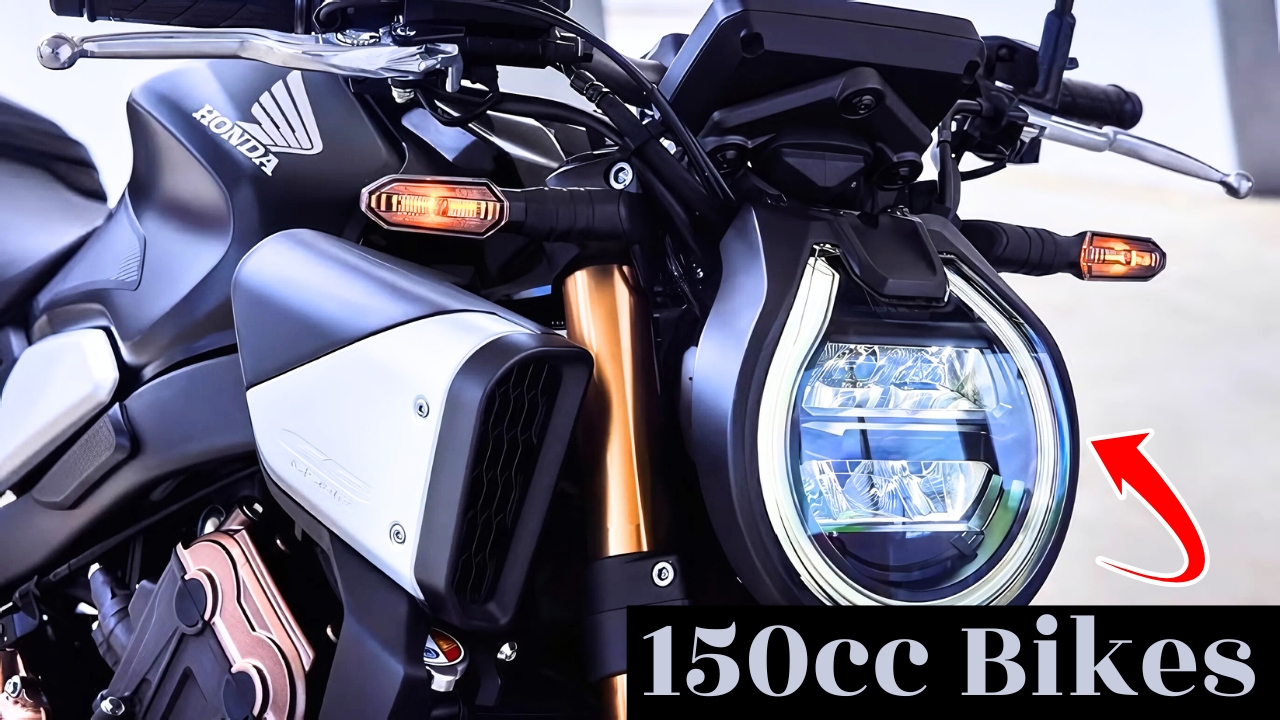For years, the 150cc bike category was considered the sweet spot for daily riders who wanted power and fuel economy in one machine. But in the age of EVs, battery tech, and rising petrol prices, most experts are focusing only on electric scooters and ignoring one surprising shift many practical buyers are now turning back to 150cc bikes as a smarter long-term alternative to budget EVs.
This isn’t about nostalgia. It’s about reliability, range confidence, repair access, and multi-use practicality all of which the current wave of low-speed EVs struggle to offer. Here’s why the 150cc motorcycle might just be India’s unexpected answer to the EV hype.
The Real Cost vs Convenience Debate: 150cc Wins Long-Term
Electric scooters often advertise low running costs, but those numbers rarely account for hidden costs like home charging setup, range anxiety, fast charger dependency, and battery degradation.
Meanwhile, 150cc bikes especially models like the Bajaj Pulsar 150, Honda Unicorn, TVS Apache RTR 160, and Yamaha FZ continue to offer:
- Real-world fuel efficiency of 45–55 kmpl
- No waiting time to “refuel”
- Spares availability in even the remotest parts of India
- Low EMI options starting from ₹2,000/month
- A resale market that actually exists
For a typical college student, office-goer, or small business owner, the math adds up better with a petrol-powered 150cc machine over a ₹1.3 lakh EV scooter with 80 km real range.
Why No One Is Talking About the Utility Factor
EV scooters often fall short when it comes to load carrying, two-up comfort, or rural performance. A 150cc motorcycle, on the other hand, continues to be India’s multipurpose workhorse.
Whether you’re delivering food, carrying bags to college, riding double with a pillion on bad roads, or doing a village-to-city commute of 40–50 km one way a 150cc bike still does it all without the range stress, limited torque, or recharge planning.
That’s one of the biggest gaps in the EV narrative right now. And the 150cc bike is silently capitalizing on it.
Petrol Prices Are High: But So Is Battery Replacement Cost
One of the biggest arguments for electric scooters is fuel savings. But with battery packs costing ₹35,000–₹50,000 after 3–4 years and not always covered under warranty, the break-even period stretches.
Compare this to a well-maintained 150cc bike — which can last 10 years with just regular service and ₹4,000–₹7,000 per year in maintenance. Suddenly, fuel doesn’t seem as costly when you’re not worrying about battery failure.
Also, fuel stations are everywhere. Chargers? Not so much, especially beyond tier-2 cities.
Smart Riders Are Buying Used 150cc Bikes as Their “EV Escape”
Here’s a trend nobody is talking about yet many smart riders are picking up used 150cc bikes as a second vehicle after realizing their shiny new EV scooter just doesn’t do everything.
Second-hand Honda Unicorns, Pulsar 150s, and even Yamaha FZs are selling fast in metro and rural markets as reliable backup rides. Some are even adding luggage boxes or tank bags for dual usage.
So while the EV crowd talks about range anxiety, the 150cc owners are simply refueling and riding further.
No License or Speed Worries? Still, Riders Choose 150cc
Some low-speed EVs promise a license-free ride, but smart consumers know the limitations — capped top speed, low build quality, battery issues, and zero resale value.
For just ₹10,000 more in EMI, a 150cc motorcycle gives you:
- Highway-legal status
- Proven frame durability
- High-speed comfort
- A feeling of confidence and control
This matters to young riders and college students who want both performance and peace of mind.
The Comeback of Analog Feel and Mechanical Confidence
In an age of digital dashboards, Bluetooth gimmicks, and auto-updates, there’s a growing section of riders craving the old-school analog feel of a solid 150cc bike.
Kick-start backup, basic wiring, mechanical engine parts you can fix yourself this makes the 150cc category the last truly independent riding format left in India.
People trust what they can see, open, fix, and ride without software updates. That’s what gives the 150cc its enduring power — especially in small towns and highway networks.
Who Is Buying 150cc Bikes in 2025?
Contrary to social media hype, the 150cc buyer base isn’t shrinking it’s shifting.
Now, buyers include:
- City professionals looking for performance+commute combo
- Families buying a shared-use bike for both dad and son
- EV-scooter buyers adding a petrol option for reliability
- College students upgrading from 110cc
- Rural users replacing their 10-year-old Hero Splendor
This means demand is stable and in some cases growing even when the EV industry is getting more media coverage.
Upcoming 150cc Bikes to Watch Out For
While many blogs focus only on existing models, there are several new-gen 150cc bikes in the works that will keep the market fresh:
- A new Yamaha FZ-X variant with touring mods
- Bajaj NS150 concept based on NS125 chassis
- Honda SP 150 rumored with LED + digital console
- TVS Apache RTR Street-X with aggressive styling
These models will offer advanced features like full-LED lighting, dual-channel ABS, Bluetooth-based navigation, and mileage indicators while still retaining the mechanical strength of a 150cc petrol bike.
Final Verdict: 150cc Is the Underdog That’s Still Winning
While electric scooters take over the headlines, the humble 150cc motorcycle continues to be India’s most practical, versatile, and financially sensible choice.
It doesn’t promise silent revolution it delivers everyday reliability.
And for that reason, the 150cc bike isn’t fading. It’s quietly powering India forward, one refill and one ride at a time.


